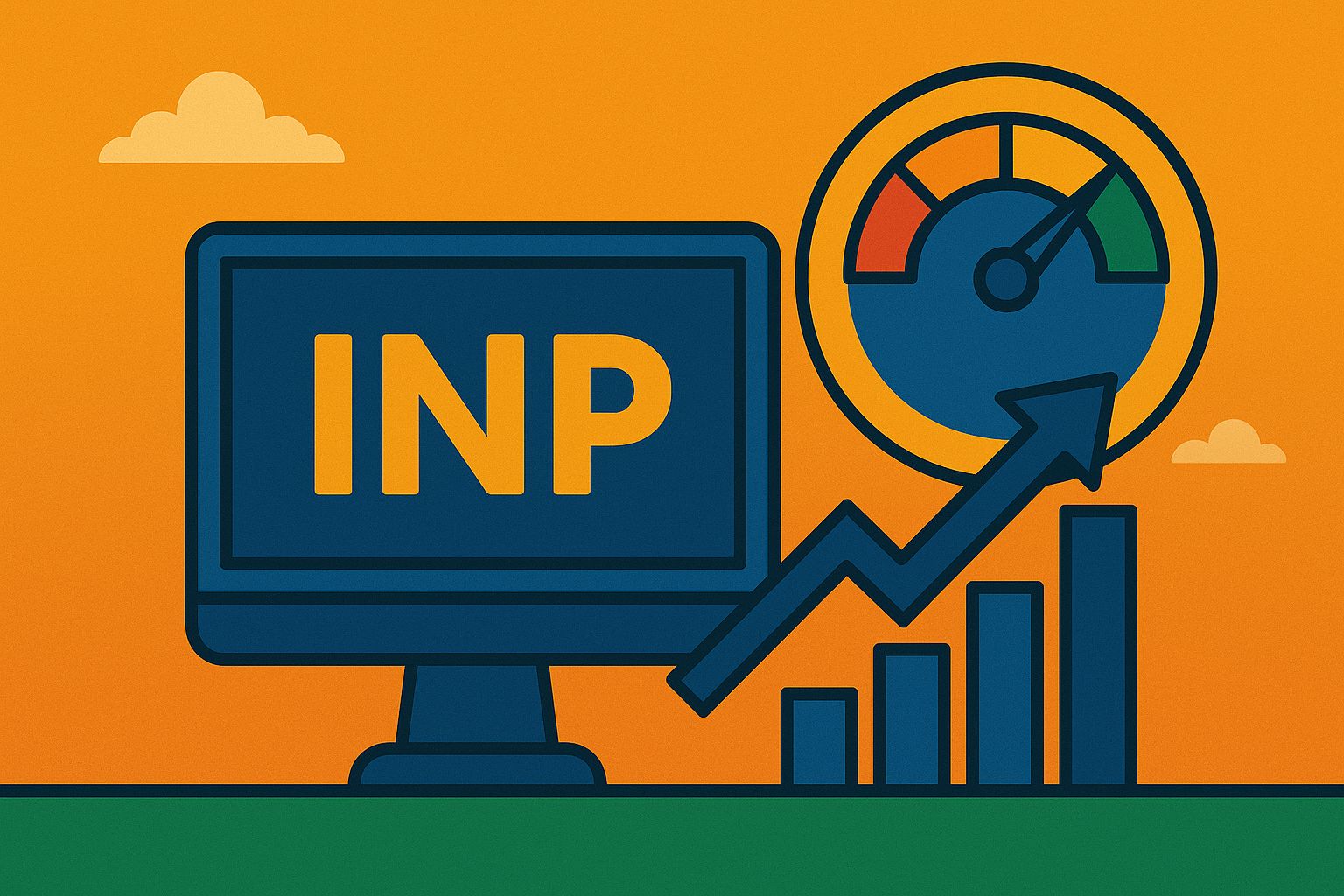Within the ever-evolving world of Programming development, achieving distinctive Programming ideal models is fundamental for building strong, adaptable, and viable applications. Among the horde of standards, two stand out noticeably: Object-Oriented Programming (OOP) and Functional Programming (FP). Both offer unmistakable techniques and standards, each with its claim qualities and shortcomings. In this comprehensive direction, we are going to set out on a travel to investigate the foundational standards of both OOP and FP, unwinding their complexities and understanding how they shape the scene of cutting-edge Programming engineering.
Object Oriented Programming (OOP)
Object-Oriented Programming (OOP) revolutionized Programming development by presenting a measured and organized approach to building systems. At its center, OOP spins around the concept of objects, which are occasions of classes. Let’s dive more profound into the foundational standards of OOP
- Objects and Classes: Objects are the building blocks of OOP, speaking to unmistakable substances or concepts in a package. Each protest typifies both information (properties) and behaviour (strategies), giving a coherent and self-contained unit of usefulness. Classes serve as outlines for making objects, characterizing their structure and behaviour. For illustration, in a keeping money application, a ‘BankAccount’ lesson may have properties such as ‘accountnumber’ and ‘balance’, together with strategies like ‘deposit()’ and ‘withdraw()’.
- Encapsulation: Encapsulation could be a crucial guideline of OOP, emphasizing the bundling of information and strategies inside a lesson. By typifying information, OOP advances data covering up, guaranteeing that the inner state of a question is open as it were through well-defined interfacing. This cultivates measured quality, decreases complexity, and improves code maintainability. Encapsulation empowers engineers to construct a vigorous system by confining the usage points of interest of each course, permitting changes to be made without influencing other parts of the codebase.
- Inheritance: Inheritance encourages code reuse and advances progression in OOP. It permits a course (subclass) to acquire properties and behaviours from another course (superclass), subsequently building up an ‘is-a’ relationship between them. Subclasses can amplify or abrogate the usefulness of their parent classes, giving specialization while keeping up a common interface. For occasion, a ‘SavingsAccount’ lesson may be acquired from the ‘BankAccount’ lesson, acquiring its properties and strategies while adding specific functionalities such as intrigued calculation.
- Polymorphism: Polymorphism may be a foundation of OOP, empowering adaptability and extensibility in software plans. It permits objects to be treated as occurrences of their superclass, in any case of their particular type. Polymorphism envelops two primary concepts: strategy abrogating and strategy overloading. Method abrogating permits subclasses to supply their possess execution of a strategy characterized in their superclass, empowering runtime polymorphism. Strategy over-burdening, on the other hand, includes characterizing different strategies with the same title but diverse parameters, giving compile-time polymorphism. Polymorphism advances code reuse, improves adaptability, and encourages the Development of secluded and viable Programming systems.
Functional Programming (FP)
- Immutability: Functional Programming ming advocates for an unchanging nature, meaning information once made cannot be changed. Unchanging nature advances consistency and concurrency by killing shared states and side impacts. Capacities work on unchanging information, creating modern values as yield, which disentangles thinking approximately code, encourages investigating, and improves code quality.
- Pure Functions: Pure capacities are the heroes of FP. They’re like those solid companions who continuously deliver you the same counsel no matter what. An unadulterated work continuously produces the same yield when given the same input, and it doesn’t mess with anything exterior it possesses a small world. It’s like a formula – you put in the fixings, take after the steps, and you continuously get the same dish. Because immaculate capacities do not depend on anything but their inputs, they’re unsurprising and simple to work with. You can test them without stressing approximately startling shocks, and you can believe them to do their work without causing chaos somewhere else in your code. By taking after the ideals of capacities, FP propels composability, engages disconnection, and energizes parallelism, driving to more brief and practical codebases.
- Higher-Order Functions: FP treats capacities as first-class citizens, allowing them to be passed as disputes to other capacities or returned as values from capacities. Higher-order capacities engage reflection and composition, locking in architects to develop complex conduct from simpler building blocks. By leveraging higher-order capacities, FP propels code reuse, updates expressiveness, and empowers the creation of wealthy and brief courses of action for computational problems.
- Referential Transparency: Referential straight forwardness may be a pivotal property of FP, communicating that a work call can be supplanted with its return esteem without changing the Programming’s conduct. This property engages equational considering, where code can be mulled over nearly mathematically, without considering its setting or side effects. Referential straightforwardness improves code optimization, engages memoization, and empowers parallel execution, driving more capable and versatile Programming.
- Comparing Object-Oriented and Useful Programming: While Object-Oriented Programming emphasizes separation, exemplification, and polymorphism, Valuable Programming prioritizes lastingness, immaculateness, and higher-order capacities. Both perfect models offer critical procedures for Programming Advancement, each with its have qualities and weaknesses.
A Beginner’s Direct to Object Oriented and Useful Programming Basics
For disciples, understanding the basics of both Object-Oriented and Valuable Programming ming is essential. Here’s a modified overview:
- Understanding Objects and Functions: In OOP, objects speak to substances, whereas capacities are central in FP. Tenderfoots ought to get a handle on the concept of objects as occasions of classes and learn how to form and control them in code. They ought to too learn how to type in capacities that follow FP principles.
- Encapsulation and Immutability: Encapsulation in OOP advances a secluded plan, whereas permanence in FP guarantees unsurprising behaviour. Tenderfoots ought to know how to typify information inside classes and type in capacities that work on permanent data.
- Inheritance and Higher-Order Functions: Inheritance empowers code reuse in OOP, whereas higher-order capacities give effective deliberation in FP. Fledglings ought to investigate how to utilize legacy successfully and use higher-order capacities for adaptable code plans.
Conclusion
Object-oriented and Functional Programming offers important techniques for building Programming systems. Acing the essentials of both ideal models prepares designers with flexible apparatuses to handle a wide run of Programming challenges. As you dig more profound into Software Development, understanding the foundational standards of Object-Oriented and Functional Programming will clear the way for building adaptable, viable, and imaginative applications within the ever-evolving scene of innovation.




